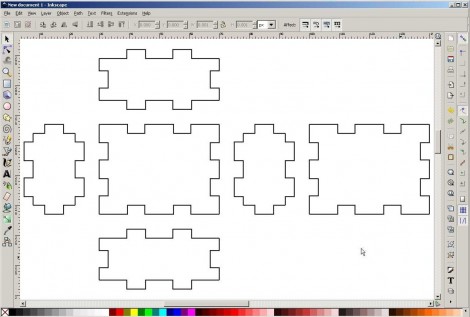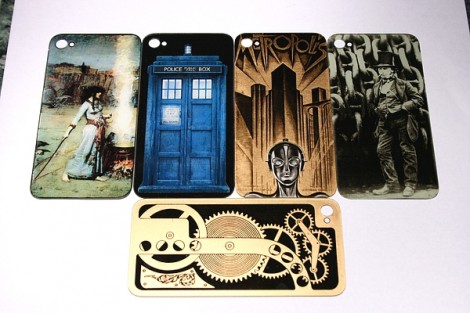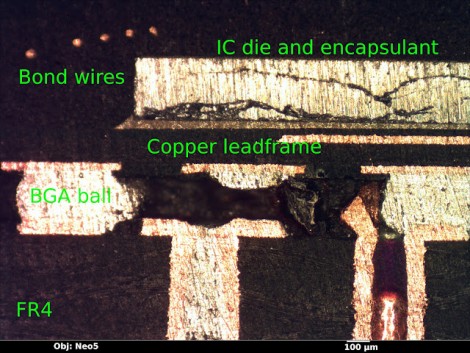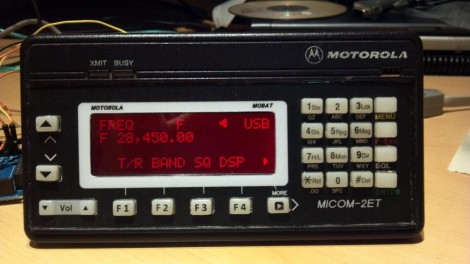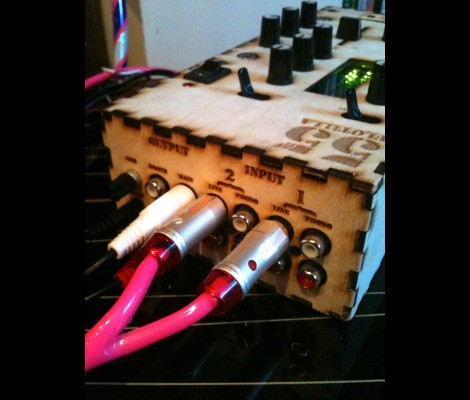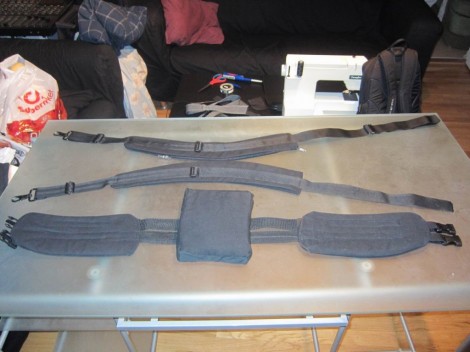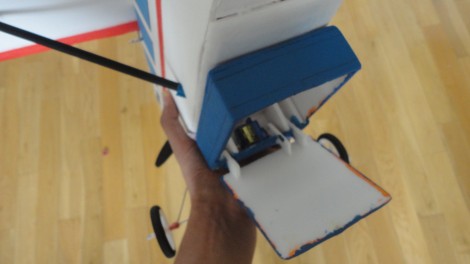
For just a few bucks you can add a payload to your flying toys. In this case it’s a Cessna RC plane which now has an added surprise. The first thing to be dropped was a parachute with a weight on it (for testing purposes). But there are hints of future projects that will use the same system for different purposes.
As you can see in the image above, the system depends on an additional compartment attached to the bottom of the plane. It was built from foam board to keep the weight down and connects using rare earth magnets. The bottom of the enclosure acts as the door, hinging on a servo motor with a bamboo skewer as the axle. So far the test drops have gone pretty well, but some more work needs to be done with the parachute design. It only opens about 60% of the time. We can sympathize, having had to work out some of our own parachute issues.
Don’t miss video from the plane as well as the ground after the break.

